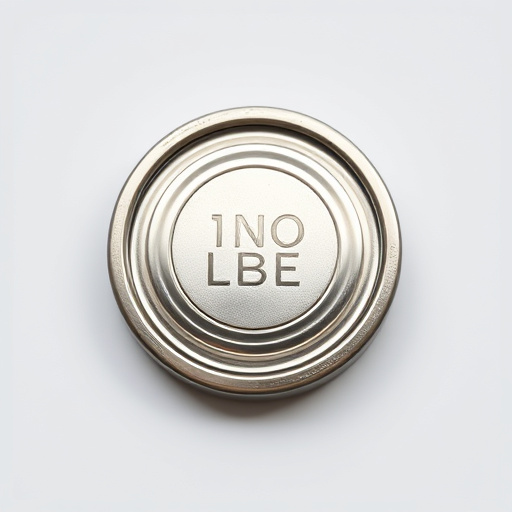Before replacing your key fob's battery, identify the original type (e.g., CR2032) for compatibility. Gather tools like a screwdriver and correct replacement battery. Avoid using incompatible batteries to prevent damage or rendering the device useless. Clean the exterior of the key fob with a soft, damp cloth to prevent short circuits. Recycle the old battery responsibly according to local guidelines.
When it comes to replacing the battery in your key fob, mistakes can lead to inconvenient lockouts or even safety hazards. This guide highlights three critical errors to avoid during the process. From selecting the correct battery size to proper cleaning and disposal, each step is essential for a successful and eco-friendly replacement. Learn how to navigate these simple yet crucial aspects to ensure your key fob functions flawlessly without leaving a trace of waste behind.
- Understanding Your Key Fob's Battery: Identifying the Right Replacement
- Tools and Safety Precautions for a Successful Battery Replace
- Common Mistake #1: Using the Wrong Battery Size
- Common Mistake #2: Neglecting to Clean the Fob Before Replacing
- Common Mistake #3: Overlooking Proper Disposal of Old Batteries
Understanding Your Key Fob's Battery: Identifying the Right Replacement
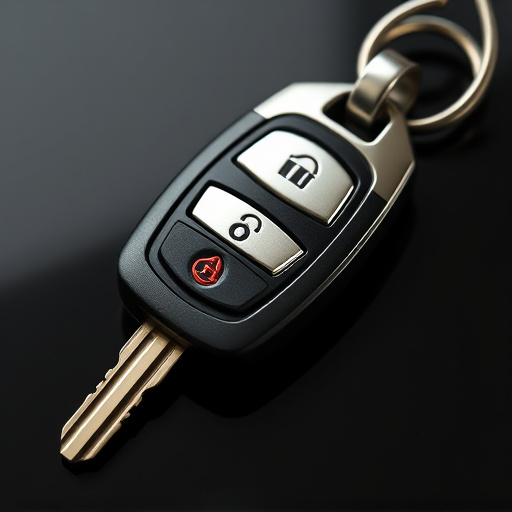
Before you embark on replacing your key fob’s battery, it’s crucial to understand the type and specifications of the original battery used. Different models of key fobs require specific types of batteries, such as CR2032 or CR1620, so identifying the right replacement is paramount. Check your vehicle’s manual or consult a professional mechanic if you’re unsure about the exact model. This step ensures that the new battery will be compatible and function optimally within your key fob.
Once you’ve determined the correct battery type, it becomes easier to navigate the process of replacing it. Using the right replacement battery guarantees that all functions of your key fob—from unlocking doors to starting the engine—will work seamlessly after installation.
Tools and Safety Precautions for a Successful Battery Replace
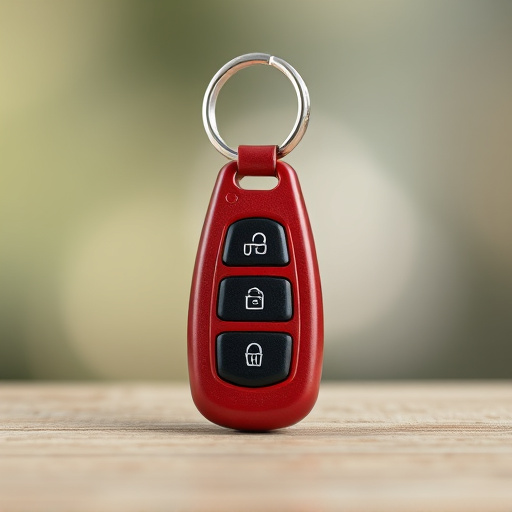
When it comes to replacing the battery in a key fob, having the right tools and taking safety precautions is essential for a successful process. Gather a small screwdriver, typically Phillips or flathead, depending on your fob design, as well as a new replacement battery of the correct size and voltage. Some key fobs may also require a thin piece of plastic or a tool to access the battery compartment. Always work over a trash can or surface where any spilled battery acid can be easily contained. Wearing protective gloves is a wise idea, too, to avoid skin contact with batteries. Ensure adequate ventilation in the area to minimize exposure to any hazardous fumes.
Common Mistake #1: Using the Wrong Battery Size
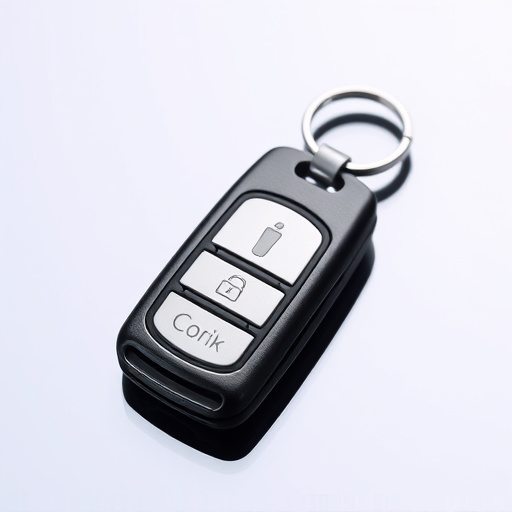
One of the most common mistakes people make when replacing the battery in their key fob is using the wrong size. Key fobs are designed with specific battery requirements, and using a battery that doesn’t fit can cause damage to the device or render it unusable. Before you start the replacement process, double-check the user manual or look for a sticker inside the fob indicating the correct battery type and size. This small detail is crucial to ensure your key fob functions properly after the battery change.
Using the wrong battery can lead to short circuits, power failures, or even permanent damage to the microchip inside the fob. To avoid this common pitfall, take a moment to identify the correct battery specifications and match them precisely with the replacement battery you purchase. It’s an easy step that prevents potential headaches down the line when you’re locked out of your vehicle or home because of a simple misalignment in battery size.
Common Mistake #2: Neglecting to Clean the Fob Before Replacing
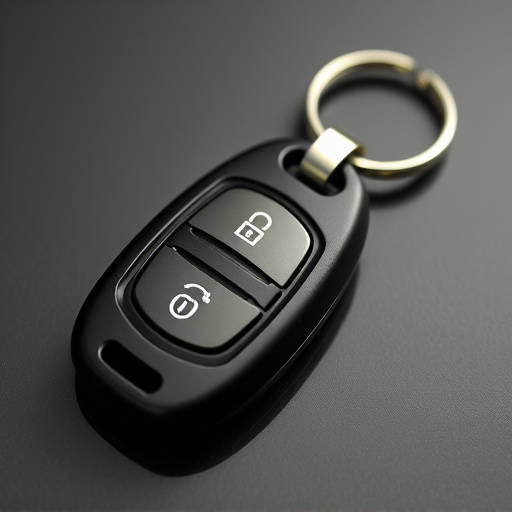
Many people make the mistake of assuming that replacing the battery in a key fob is as simple as opening the car door and inserting a new one. However, this often leads to further issues because they haven’t taken the time to clean the fob properly before replacement. It’s crucial to remember that dirt, grime, or even residual battery acid can hinder the connection between the new battery and the fob’s internal components.
Before you go ahead with replacing a key fob battery, ensure you take a moment to wipe down the exterior of the fob with a soft, damp cloth. This simple step will prevent any potential short circuits or faulty connections, ensuring a seamless replacement process and a reliable key fob afterwards. Remember, even the smallest speck of debris can cause problems, so thorough cleaning is key.
Common Mistake #3: Overlooking Proper Disposal of Old Batteries
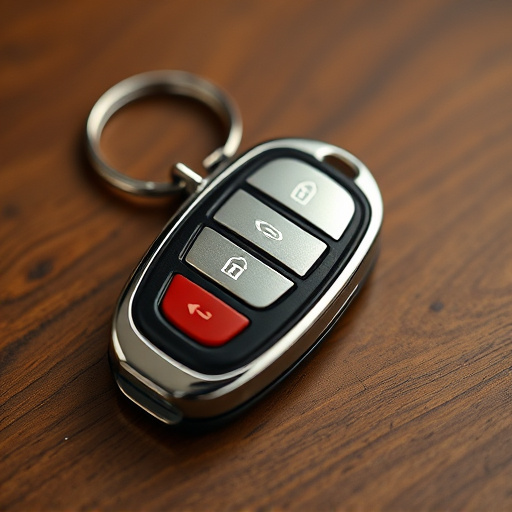
When it comes to replacing a key fob battery, many people make the mistake of simply discarding the old one without considering proper disposal methods. This is a significant oversight, as old batteries can pose environmental hazards if not handled correctly. Each type of battery contains chemicals that can contaminate soil and water sources if leaked or improperly recycled.
To avoid this common pitfall, always research and follow local guidelines for battery recycling. Most hardware stores and automotive centers offer battery drop-off locations, ensuring your old key fob batteries are disposed of safely. Remember, taking a few minutes to recycle can help protect the environment and ensure hazardous materials don’t end up in landfills or harm wildlife.
When replacing the battery in your key fob, remember these three common mistakes: avoid using the wrong battery size, ensure a clean fob before replacement, and always dispose of old batteries properly. By heeding these simple precautions, you’ll not only enhance your fob’s functionality but also contribute to a greener environment. Now that you’re equipped with this knowledge, go ahead and safely replace your key fob battery like a pro!
